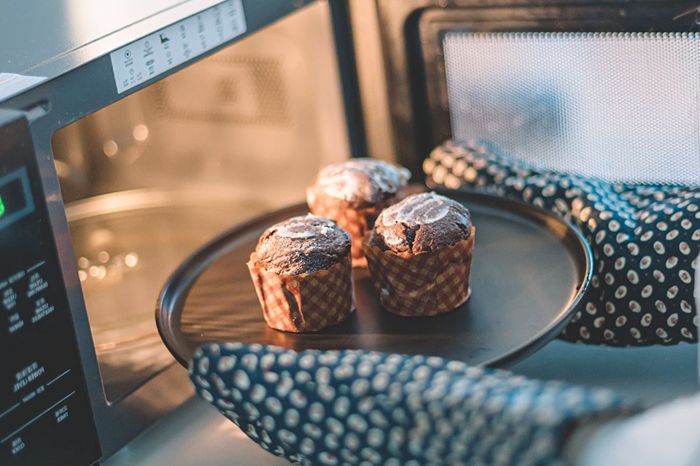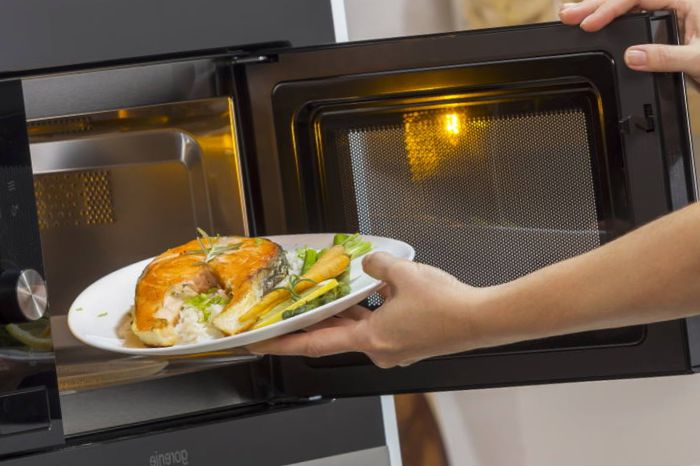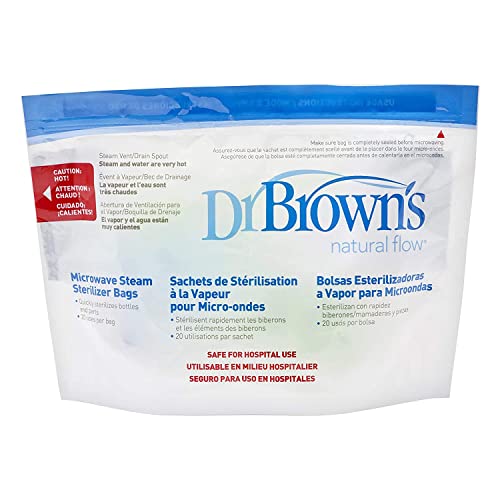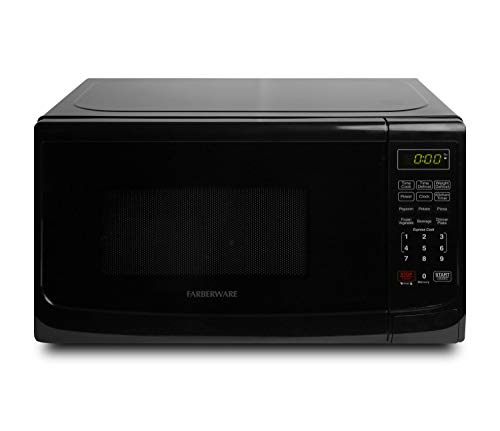How Does Microwave Heat Dry Food?
Do you ever find yourself wondering how microwaves are able to heat and dry food so quickly? From the time that it takes to prepare meals for your family, a microwave can help make life so much easier. But what is really happening when you use this everyday appliance?
Microwaves have become a staple in modern kitchens, as they offer a convenient, fast, and efficient way to heat and cook food. But microwaves can also be used to dry food, a process that has become increasingly popular in recent years.
In the series of articles about “How does microwave heat dry food?”, we will delve into the science behind microwave heating, explore the types of food that can be heated in a microwave, and weigh the pros and cons of using a microwave for drying food.
What is the Science Behind Microwave Heating and How Does it Work?
Microwave ovens have become an essential kitchen appliance in most households. The microwave’s primary function is to heat food, but few understand the science behind microwave heating. Unlike traditional heating methods, such as gas or electric stoves, microwaves use electromagnetic waves to heat food. This electromagnetic radiation causes changes in the chemistry of water molecules in the food, which produces heat. This article provides basic information about microwave heating and how the process works.
Microwaves are a form of non-ionizing radiation. They are electromagnetic waves that fall between radio waves and infrared radiation on the electromagnetic spectrum. Each microwave has an oscillating frequency of around 2.45 gigahertz. When switched on, these microwaves pass through the food, and the water molecules present in the food engage with the electromagnetic field, causing them to vibrate and rub against each other. This vibration produces heat, which cooks the food.
However, not all foods heat up uniformly in a microwave. For instance, foods that have a higher water content, such as fresh vegetables, heat up quickly, while foods with lower water content, such as meats, heat up slower. Additionally, food that has high density, such as cooked food, may get hot on the outside, but may not get cooked on the inside, compared to fresh food, which will heat up more evenly.
Microwave heating also has a few drawbacks. For example, the high frequency of microwaves causes a rapid expansion of the water molecules, which can cause heat to build up quickly and potentially cause explosions. Another disadvantage of microwave heating is that it generates heat unevenly across the food, which may lead to cool spots.
What Types of Food Can Be Heated in a Microwave?
Microwave ovens are generally safe to use, and they can heat almost any type of food. However, certain foods are better suited for microwave heating than others, depending on their texture, water content, thickness, and density. Here are some types of food that can be heated in a microwave:
Vegetables: Fresh vegetables contain high amounts of water, making them ideal for microwaving. They heat up fast and cook evenly. However, if vegetables are cooked for too long in the microwave, they may become overcooked and lose their nutrients.
Rice: Rice is another food that can be cooked in a microwave. However, to avoid a lack of moisture, ensure that you add an appropriate amount of water. Also, ensure that you stir the rice halfway through cooking to distribute the heat.
Soups and sauces: Soups and sauces are also other foods that can be comfortably heated in a microwave. They usually have a lot of water content, making them heat up quickly and evenly.
Meat: While meat can be heated in a microwave, it is not always the best option. The high density of meat slows down the heating process, making it tough to get an even cooking result. Additionally, overcooked meat or poultry can lead to dry, rubbery, or chewy textures.
What are the Pros and Cons of Using a Microwave for Drying Foods?
Drying food in a microwave is a popular and convenient way to preserve food. When using a microwave for drying foods, the food is dehydrated by removing all the moisture content. When done correctly, it can help preserve food’s natural flavors, colors, and nutrients. However, there are certain pros and cons associated with using a microwave for drying foods.
Pros
Microwave drying provides food manufacturers with the ability to dry and preserve food items quickly. The process is quicker than traditional air or oven drying methods, as it can dry, sterilize, and package food in a single step.
It is an energy-efficient process, as the microwaves used in the process are consumed by the food items, which reduces energy wastage.
Microwave drying is gentler on food items, which means that the final products have minimal discoloration, less shrinkage, and better preservation of natural flavors and nutrients.
Cons
Microwave drying is not suitable for all types of food items. It can cause significant changes in the food’s texture, taste, and color.
It requires specialized equipment, which many food manufacturers may not have in their arsenal.
Microwave drying can be challenging to execute, as there is a risk of overcooking or undercooking food items, which can lead to food waste.
Conclusion
In closing, the microwave is an innovative and advanced application of science to food preparation that can be utilized for quick and efficient drying of certain food items. From herbs to beef jerky, it’s a great way to dry out snacks without having to use up counter or oven space. During this process, microwaves create heat using electromagnetic radio waves which cause water molecules in food to vibrate and consequently generate heat. This heat is what dries out the food items as the water evaporates from them.
While certain precautions can be taken when drying out food with this method such as setting the microwave at lower power settings, microwaves are still an effective tool at getting your favorite snack crunchy and ready for munching! Armed with these facts, now you are prepared to take on any microwave cooking emergency and save yourself some time in the kitchen!





